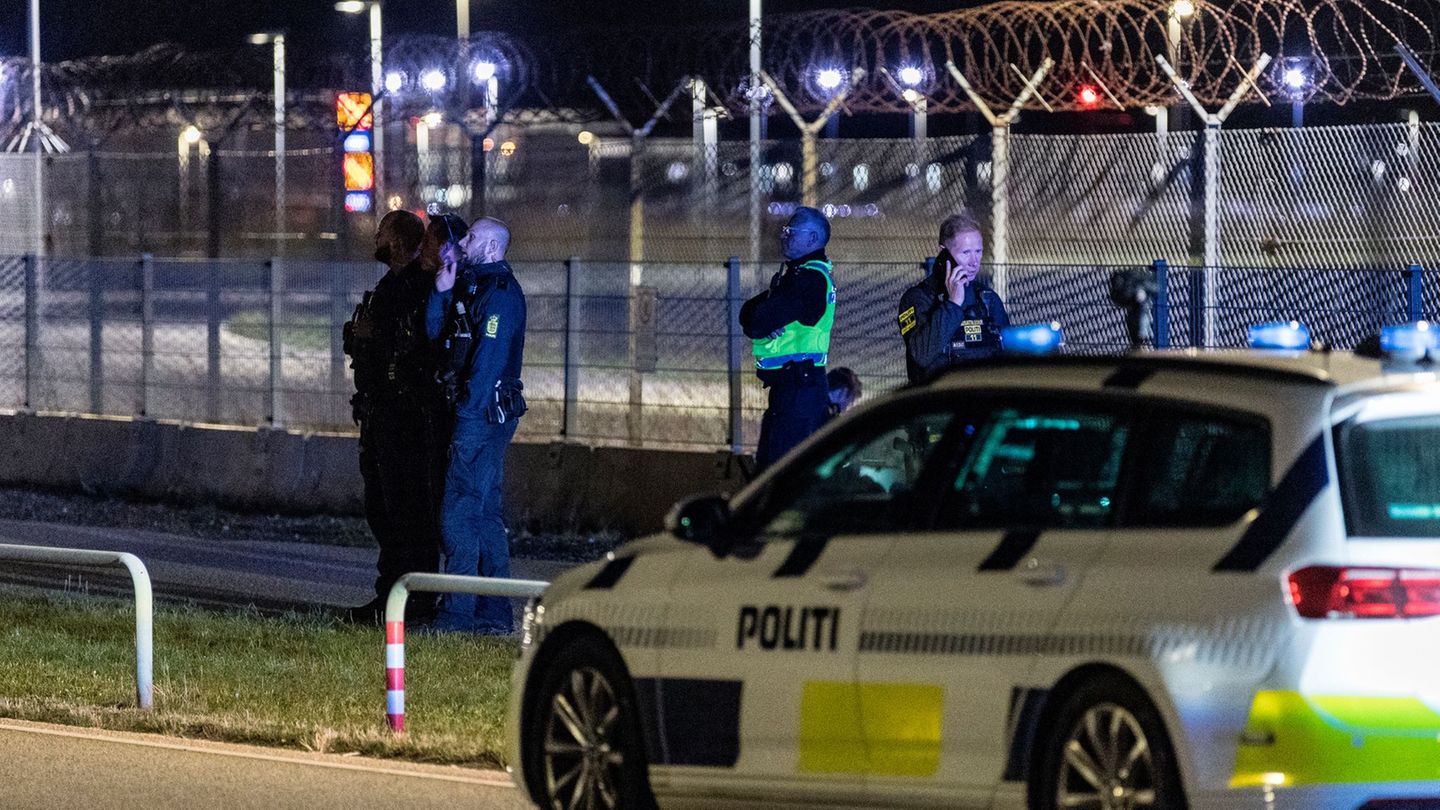I have been working in the news industry for over 6 years, first as a reporter and now as an editor. I have covered politics extensively, and my work has appeared in major newspapers and online news outlets around the world. In addition to my writing, I also contribute regularly to 24 Hours World.
Menu
Alliance defense: Provocations and pinpricks: The resentment in NATO grows
Categories
Most Read
Ukraine: Volodymyr Zelenskyj denaturalizes mayor of Odessa
October 14, 2025
No Comments
Government statement: French Prime Minister suspends controversial pension reform
October 14, 2025
No Comments
Mark Rutte: NATO chief makes fun of Russian navy
October 14, 2025
No Comments
Middle East: Millions of tons of rubble in Gaza – Hamas wants to keep fighting
October 14, 2025
No Comments
Conscription: The government’s back and forth is absurd (Opinion)
October 14, 2025
No Comments
Latest Posts

Opposition victory in Cameroon election?
October 14, 2025
No Comments
Opposition candidate Issa Tchiroma Bakary (79) declared himself the winner. Long-time president Paul Bija (92, left) with his wife Chantal The 79-year-old announced on Tuesday:
Google Pixel 10 Pro XL in the test: A smartphone with almost no weaknesses
October 14, 2025
No Comments
The Google Pixel 10 Pro XL is Google’s current smartphone flagship. Google Pixel 10 Pro XL The Pixel 10 series consists of the Pixel 10dem

Sergio Romero, close to signing his departure from Boca to join another Argentine team
October 14, 2025
No Comments
October 14, 2025 – 13:27 The former national team goalkeeper would leave Boca, where he has not played an official match for a year. At
24 Hours Worlds is a comprehensive source of instant world current affairs, offering up-to-the-minute coverage of breaking news and events from around the globe. With a team of experienced journalists and experts on hand 24/7.

